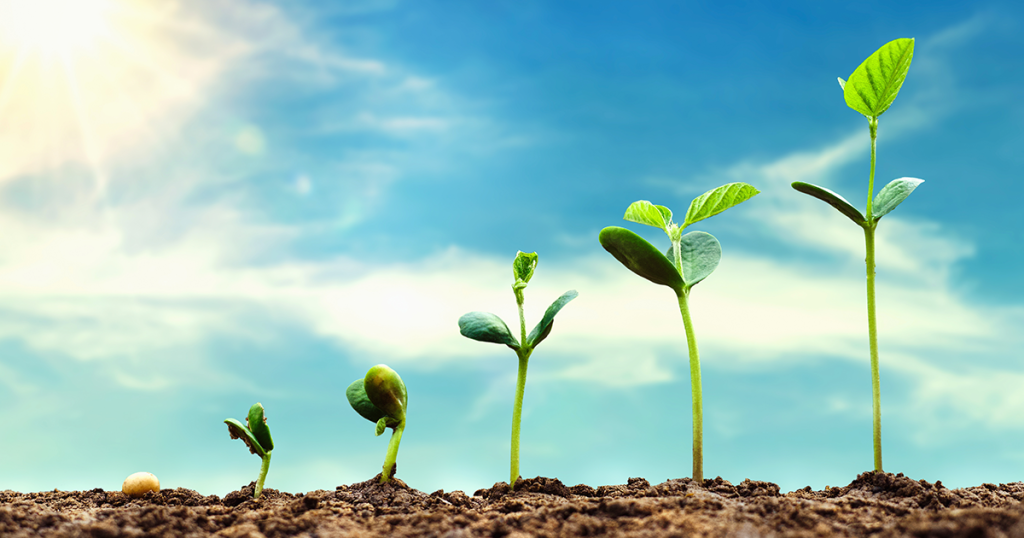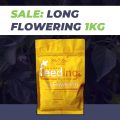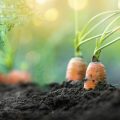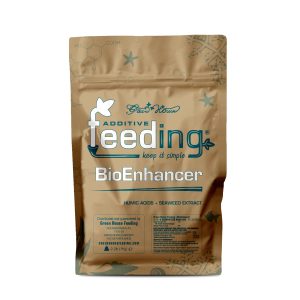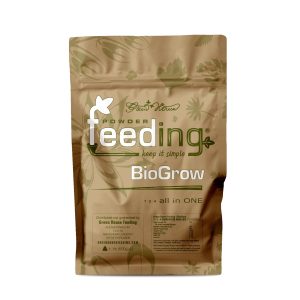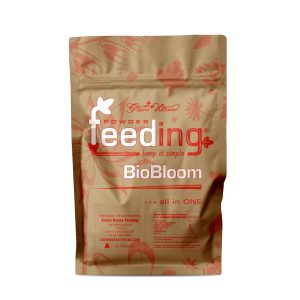Plants, like all organisms, have distinctive stages throughout their growing cycle. They undergo a similar growth pattern on their way to maturity, from tiny sprouts to fruitful harvests. This can help us study and better understand them when we observe these cycles.
It is vital to understand the different stages of seed plant growth to develop the best practices to maximize their yield. The energy and nutrient requirements change at each growth stage. Recognizing these stages and the nutrients required is key to a successful harvest.
From a new seed until the end of life, here’s a rundown of the various stages a blooming plant goes through during it’s life cycle.
1. Sprout
Germination is the first stage of a plant’s life cycle, where it grows from a seed. We do not witness this growth cycle as it happens mainly beneath the earth. It typically occurs within the first week. A seed contains an embryo containing all the nutrients a plant needs to germinate. With the right temperature, moisture and oxygen, a seed will grow its roots, leaves, and stems. They are known as sprouts.
The roots begin to grow down into the earth, absorbing to anchor the plant to the ground and absorb moisture and nutrients. A green shoot germinates towards the light at the same time. This eventually depletes the starch energy store. If the seed is not exposed to the right conditions, the seed might undergo dormancy until the right conditions are met.
2. Seedling
As the plant’s leaves and roots develop, it begins to imitate a miniature version of the mature plant. The seedling acquires most of its nutrients from the soil and the sun. However, you can apply a mix of well-balanced nutrients such as Bio Line BioEnhancer to strengthen your seedling and cuttings during the germination and rotting processes.
Such nutrients rapidly fuel the growth from a frail seedling to a healthy plant. They support the young roots and leaves to provide enough nutrients for the stages in the future.
3. Vegetative
The plant continues to grow from a seedling to a stage of leafy growth. During this stage, the plants build a greater capacity for harvesting energy from the sun. This process is known as photosynthesis. Nitrogen is a vital component of the manufacture of chlorophyll. This is the green component in plants that is responsible for photosynthesis. The roots also grow deeper into the soil to absorb additional moisture and nutrients.
During this stage, the nutrients and energy are aimed at growing stalks and foliage. Therefore, it is essential to have all the vital ingredients in the vegetative stage. For your plant to have the healthiest stems and leaves, you can apply Bio Line BioGrow. This provides added nitrogen that is essential for the manufacture of chlorophyll.
4. Budding
The budding phase is where a plant moves from growing leaves to developing buds. As this transition occurs, more nutrients are channeled to produce flowers and fruits. Plants exert significant energy to produce in the budding stage and thus require additional energy so as not to deplete themselves.
Nutrients such as phosphorus are in high demand during the plant’s reproductive cycle. This will support the growth of healthy blooms and buds in the future and also promotes the production of floral and herbs as well as oils and resins.
5. Flowering
The flowering of stage differs from plant to plant. During this process the bud develops to become a flower. Plants typically have male and female structures which reproduce to form fruits. Brightly colored flowers with strong scents attract pollinators such as bees to transfer pollen between flowers. Once pollen from a male plant is transferred to a female plant, fertilization occurs which can later produce fruit seeds in fruit bearing plants.
Nutrients such as Bio Line BioBloom provide essential ingredients to aid your plants during the flowering and fruit production. These nutrients help to maximize the harvest of your plants.
6. Ripening
This is the sixth and final stage, where the fruits or produce are on the verge of full maturity. During the ripening stage plants are focused on finishing the production of the harvest. Some plants will complete this cycle in a season and whither away, while other plants will restart this cycle year after – continuing to grow and produce larger harvests annually.
By understanding the different stages of a plant’s growth cycle, you can identify your plant’s different nutrient requirements. This can help you maximize your plant’s yield at the end of the season.
